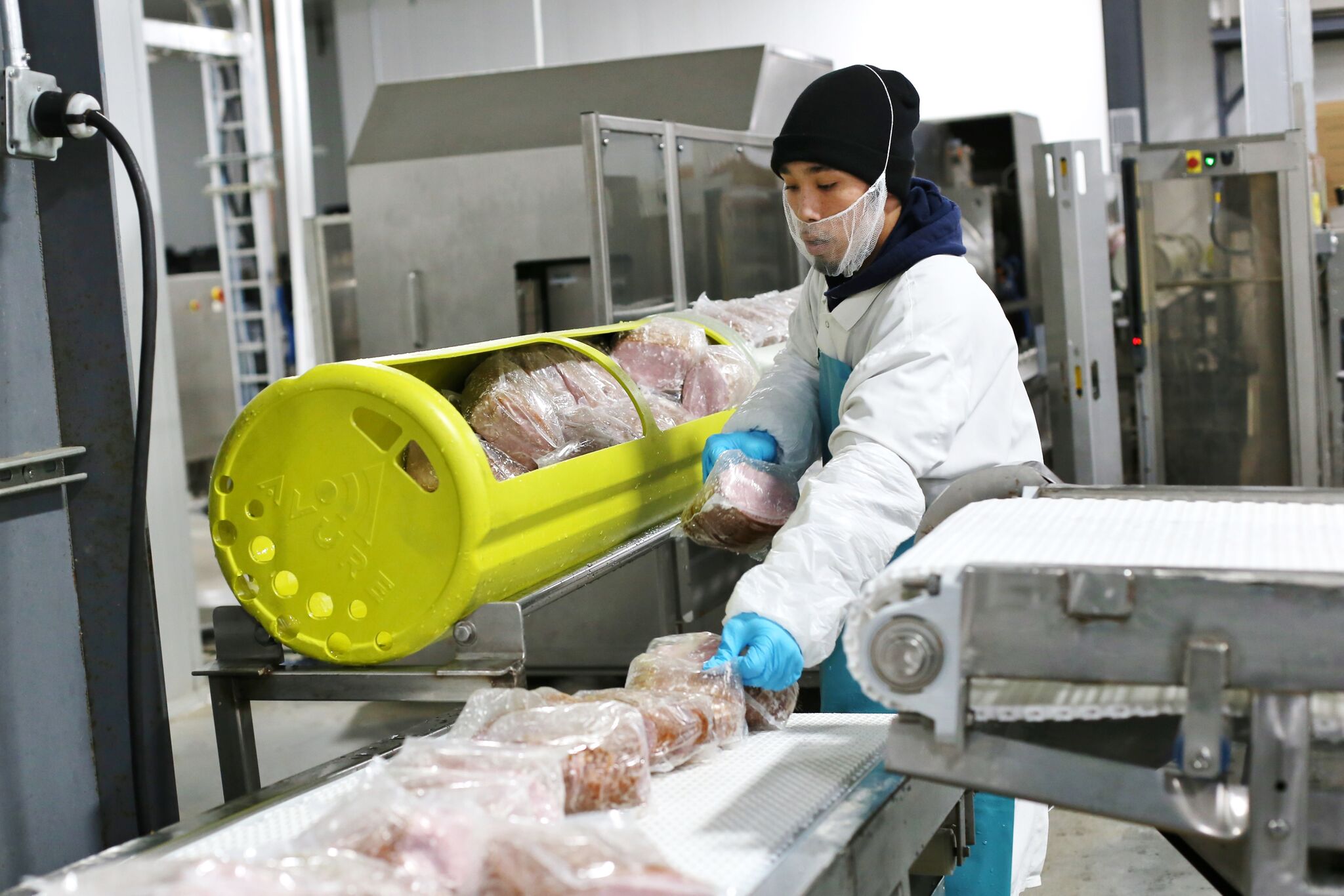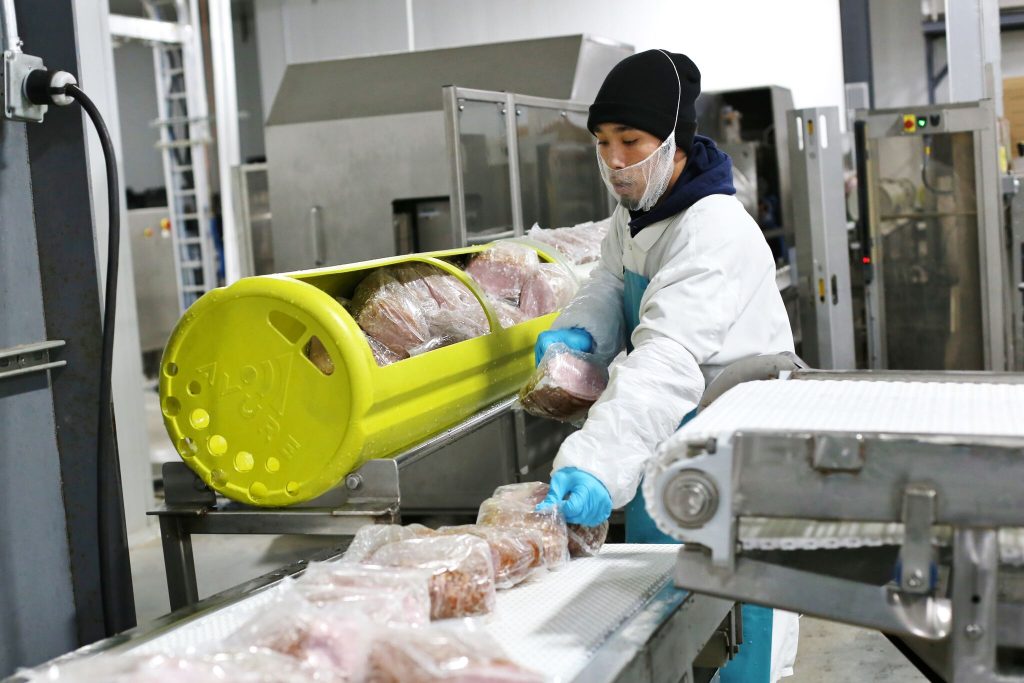Consistent Inconsistencies
Current food labels may seem to possess a wealth of information, but they’re often challenging to read even if you know what you’re looking for. Additionally, studies have shown that even accurate food labels don’t work —they lead to no significant dietary changes. Even posting the calorie counts on fast food menus did little to change people’s eating habits.
It might sound as simple as telling consumers to read the ingredients labels on the items that they’re purchasing. The problem with this—aside from the fact that ingredients are often printed in a painfully small font—is that you almost need a degree in chemistry to understand the components. This confusion is a big issue with processed foods that contain a variety of chemicals to protect the flavor of the food and preserve it during storage.
When it comes down to it, choosing healthy foods isn’t the problem—or at least, not the only problem. Picking a healthy option isn’t as complicated as doing your taxes or choosing a mortgage when you purchase a home. We as consumers have plenty of information available to us when it comes to eating healthy. The problem is the fact that it’s easier and usually cheaper to choose the unhealthy option. You can buy a can of soda for $0.50, while a bottle of water often costs more than $1 at a soda machine or convenience store.
No One Reads Them Anymore
Another big issue with nutrition labels is that no one bothers to read them anymore. One survey found that two-thirds of young adults in the Minneapolis-St. Paul area don’t bother reading nutrition labels or worry about the nutrition content of what they’re eating.
While the survey didn’t explore why adults were no longer utilizing nutrition labeling, it’s likely due to a combination of consumer distrust and confusion. People either don’t trust that the labels contain accurate information, or they’re merely confused by the information presented in that format.
The Healthwashing Dilemma
How many times have you walked into the grocery store and chosen a brand based on whether or not it had “All-Natural” or “Organic” labels? Even if these phrases are written on the label, that doesn’t necessarily mean that the food contained within falls under either of those categories. That’s where the problem of healthwashing occurs.
Food packages will slap these labels on their product even if it doesn’t apply—a company can claim that their product is “all natural” and still use pesticides on it. Some businesses use products like pyrethrins, which are potentially dangerous pesticides derived from natural sources—specifically, the chrysanthemum flower.
Food companies don’t typically like to advertise this information because it might discourage potential consumers from choosing their brand, especially if the user is concerned about their health and is trying to remove all chemicals and pesticides from their food chain.
Fixing the Labeling Problem
What can we do to encourage consumers to pay attention to nutrition labels? The biggest challenge lies in making these labels more consistent and transparent. That task is more complicated than it sounds since there is no regulation or standardization in nutrition labeling. Clean labeling could be the solution.
Five key facets define clean labels — Simple ingredients lists, transparency in ingredients and packaging, no flowery language, accurate images and fresh food—are top priorities for consumers, with transparency being in the highest demand. However, these labels face the same problems as current nutrition labels—a lack of standardization. When asking more than 27,000 people in 31 countries what they thought clean labeling meant, more than a third had no idea, according to a report from Packaged Facts.
Many companies have started to transition to clean labels, but no law currently requires businesses to do so.
The Need for Change in Food Labeling Consistency
Food labeling could potentially help consumers make healthier choices if they were more accurate and easier to understand. Eliminating the flowery language that currently defines food labeling is one step in the right direction. The federal government— or, more specifically, the FDA— may need to step in as well to create standards that each company can be held to so that consumers know what exactly is in their food, no matter the brand.
Food labels are on nearly everything that we buy, except for fresh meat and produce. It’s time to create a standard and transparent label that everyone can understand.



















